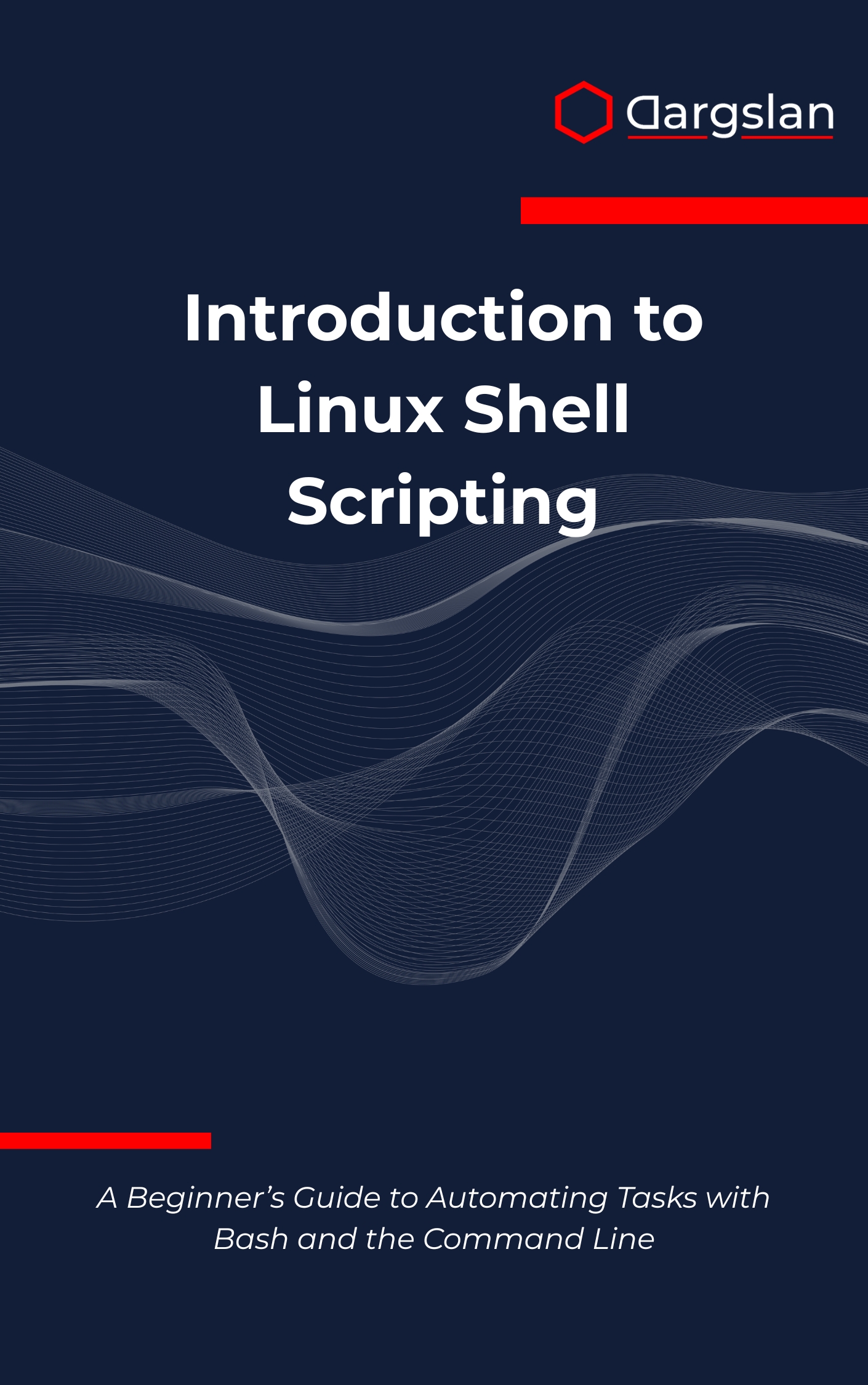Introduction to Linux Shell Scripting
Introduction to Linux Shell Scripting: A Beginner's Guide to Automating Tasks with Bash and the Command Line,Automate Linux tasks easily using Bash scripting with beginner-friendly guidance.

A Beginner’s Guide to Automating Tasks with Bash and the Command Line
Overview
Stop repeating the same terminal commands and start automating them with confidence. Introduction to Linux Shell Scripting is your step-by-step path to practical Bash shell scripting, turning routine maintenance, server tasks, and data processing into repeatable, reliable workflows on Linux systems. You’ll learn how to think like a scripter, design maintainable solutions, and execute them with precision.
This comprehensive IT book functions as both a programming guide and a hands-on technical book. It covers the essentials of Linux automation with a clear focus on Bash, the default shell on popular distributions like Ubuntu, Debian, Fedora, and CentOS. You’ll master command-line tools, file manipulation, variables and functions, conditional statements, loops and control structures, input/output redirection, error handling, process automation, script debugging, best practices, and production deployment without getting lost in theory.
Designed for clarity and momentum, A Beginner’s Guide to Automating Tasks with Bash and the Command Line takes you from first script to professional-grade solutions. Real-world examples, checklists, and patterns show exactly how experienced system administration and DevOps teams optimize reliability, speed, and security on Linux.
Who This Book Is For
- New Linux users who want to become effective at the terminal fast, learning how to write scripts that automate backups, organize files, and streamline everyday tasks.
- System administrators and DevOps practitioners seeking to standardize environments, integrate tools, and build resilient Bash workflows that scale across servers and teams.
- Students, career switchers, and self-taught technologists ready to level up with portfolio-ready scripts and the confidence to tackle real infrastructure challenges.
Key Lessons and Takeaways
- Build reliable scripts using core shell concepts—variables, functions, conditionals, loops, and I/O redirection—so your automation is readable, maintainable, and safe to run.
- Integrate command-line tools for file manipulation, text processing, and system administration to create powerful pipelines that handle logs, backups, and monitoring.
- Adopt professional practices like error handling, logging, script debugging, and deployment checklists to run your Bash automation confidently in production.
Why You’ll Love This Book
The writing is clear, friendly, and actionable, guiding you through each technique with focused examples you can run on any Linux machine. Every chapter is designed to deliver a tangible win—automating a task, improving a script, or applying a new best practice.
Rather than abstract theory, you’ll get a practical toolkit that mirrors how Linux professionals work day to day. From structuring scripts to documenting intent and preventing common mistakes, you’ll gain the habits that make your automation robust and reusable.
How to Get the Most Out of It
- Follow the progression: start with fundamentals, then expand into functions, branching, and loops before tackling orchestration and deployment. Keep a notes file of patterns you like so you can reuse them in future scripts.
- Apply concepts immediately to real scenarios. Each time you find yourself repeating a multi-step command, turn it into a script, add parameters, handle errors, and log outputs to a file for easy troubleshooting.
- Build mini-projects: a rotating backup system for user directories, a service health check with alerting, a log parser that generates daily reports, or a disk-usage dashboard. Schedule them via cron or systemd timers to see your automation in action.
Get Your Copy
If you’re ready to work smarter on Linux, this guide will show you exactly how to transform manual routines into dependable, production-ready Bash scripts. Start building a portfolio of scripts that save time, reduce risk, and impress your team.




